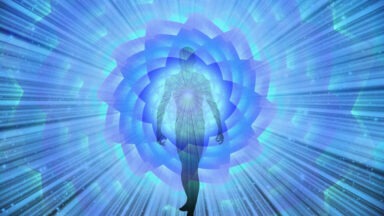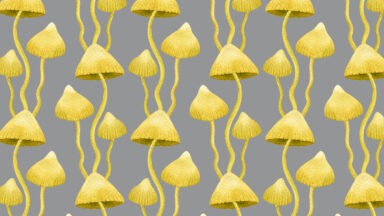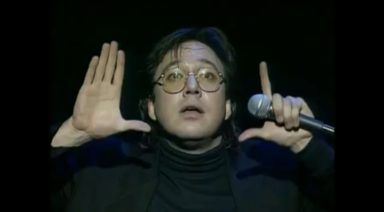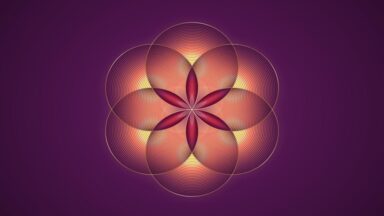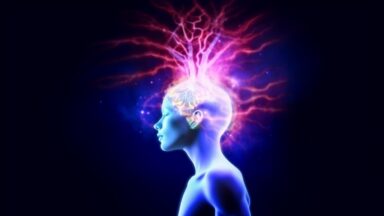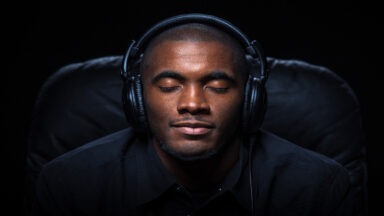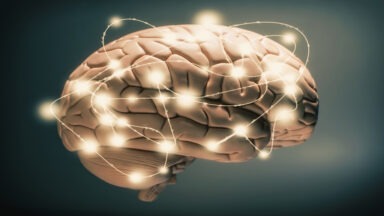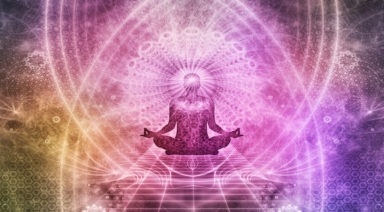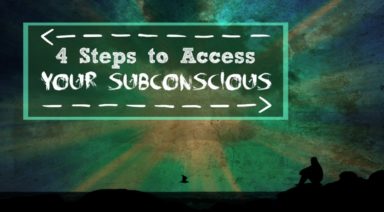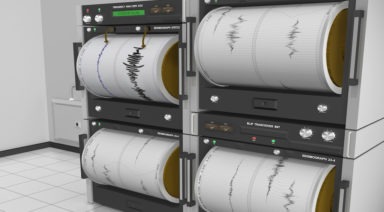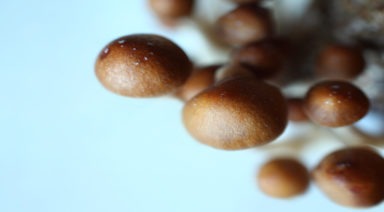Ketamine Therapy Proves Powerful For Treatment-Resistant Depression

A powerful FDA-approved anesthetic drug once used mainly in operating rooms and on the battlefield is quickly gaining ground as one of the most promising therapies for treatment-resistant mental health conditions.
First discovered as an anesthetic in the 1950s, ketamine has been used in the treatment of a wide range of physical conditions, especially pain management. Starting in the early 1970s, doctors began to find that it can also be very effective in alleviating mental health issues such as depression, anxiety, PTSD, and addiction. Today it is ever more frequently being studied and legally used as an off-label medication to manage conditions that are particularly resistant to treatment with conventional pharmaceuticals.
The latest in a series of recent studies has found that ketamine can quickly and dramatically decrease chronic and suicidal thoughts. Dr. Naveen Thomas is a psychiatrist who has been using ketamine in his practice for years.
“I and many of my colleagues have of course had tremendous success in using ketamine in people who are really suffering from depression. I’ve had a lot of success in treating people with Post-traumatic Stress Disorder,” Dr. Naveen said.
“And some of these folks have spent years and years doing absolutely the best they could using such a wide variety of the conventional treatments, be they various medication treatments, be they various forms of psychotherapy. We’ve seen really wonderful effects.”
Watch more:
Are Supernatural Entities Encountered on DMT Healing People?
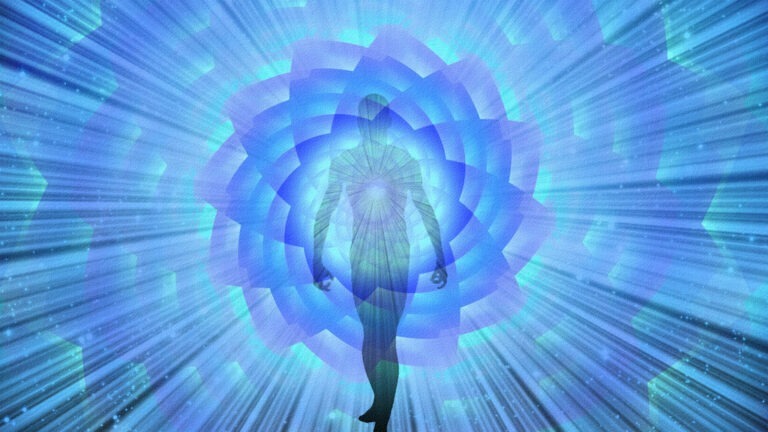
Could supernatural entities encountered during a psychedelic trip be responsible for the dramatic psychological healing that many reports? New research seeks to find out.
DMT or N, N-Dimethyltryptamine is widely considered the Earth’s most powerful hallucinogen. It is the latest psychedelic to be clinically studied for its potential to treat mental health issues like major depression and PTSD.
One frequently occurring phenomenon of the DMT trip researchers are particularly interested in is the appearance of entities whom experiencers often credit with the healing they receive.
Jay Waxenberg is the director of the DMTx program at the Center for Medicinal Mindfulness. Based in Boulder, CO, it was one of the first centers to offer legal psychedelic therapy in the U.S.
“The entities are really this unique aspect of DMT and they play different roles for different people in that space. What’s very common is, one, you’re going to encounter one of these things, and two, that you’re going to feel like they’re giving you some piece of information to take back to the regular consensus reality. Also, that they are benevolent — lots of love and kindness, these are very common elements for the entities — and we have linguistic models to kind of relate to those spaces, whether they’re elves or imps or fairies, they could be angels, bodhisattvas, aliens, interdimensional beings — these are kind of like the things that people will come back and say ‘[T]hat’s kind of what that felt like, that’s kind of what that thing is.’”
The groundwork for current research on the topic was laid by Dr. Rick Strassman- a psychiatrist and pioneering psychedelic researcher who first described these entities in his book ”DMT: the Spirit Molecule.”
“The beings were beneficent, they did healing, they gave advice, some predicted or showed volunteers the future, some were examining the volunteers. But one of the hallmarks of the interaction was the strength of those beings,” Strassman said.
A recent study surveyed 2,500 individuals who encountered entities after taking DMT. The researchers found that “[T]he experiences were rated as among the most meaningful, spiritual, and psychologically insightful lifetime experiences, with persisting positive changes in life satisfaction, purpose and meaning attributed to the experiences.”


